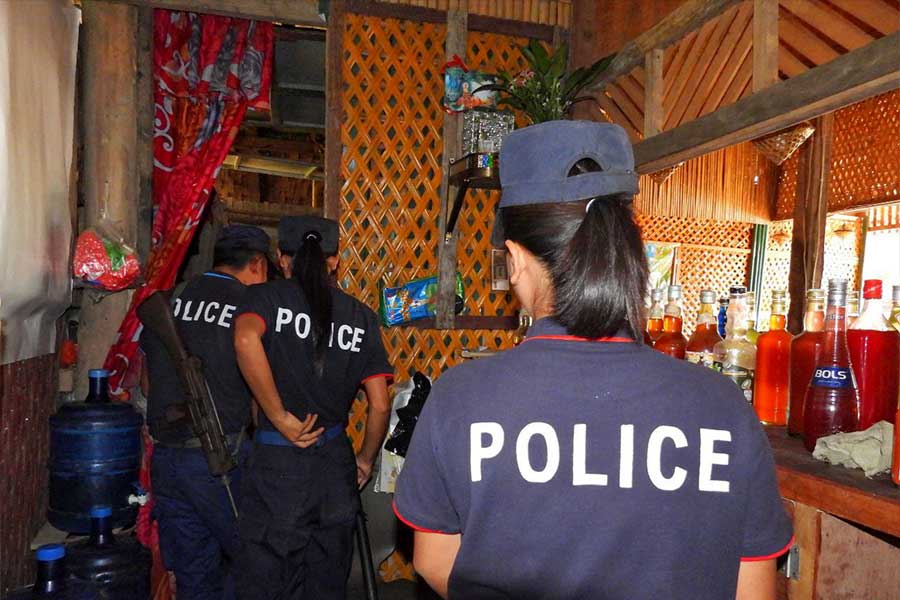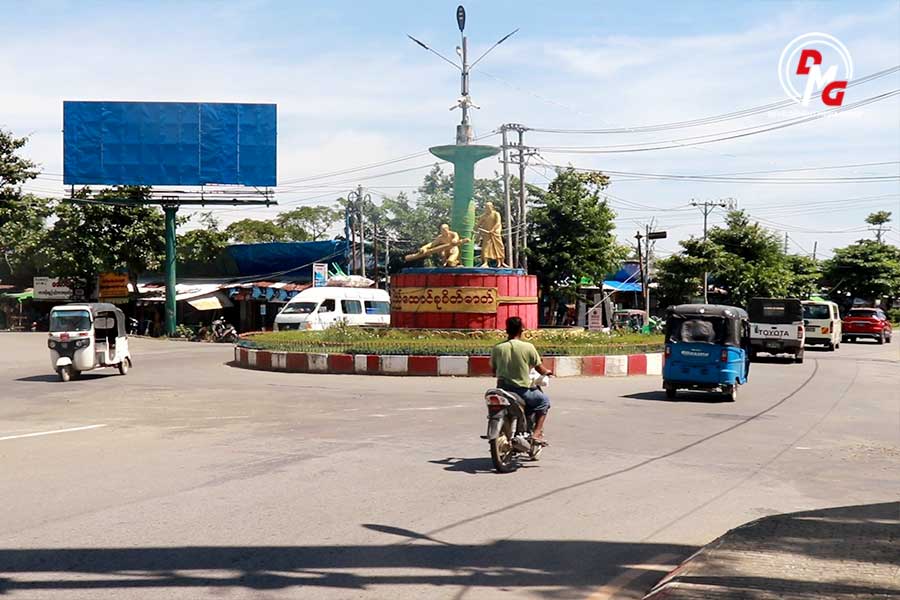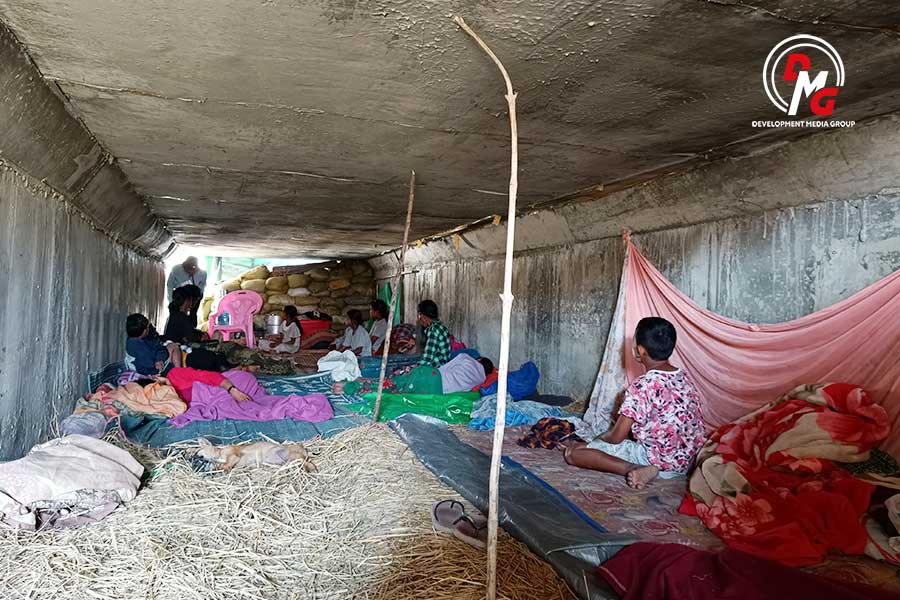Mrauk-U farmers demand compensation for lands damaged by railroad construction
Construction of the railroad began in 2009, and the railroad section linking Kyauktaw and Mrauk-U affected nearly 400 acres of farmland owned by 223 farmers in 17 villages.
05 Mar 2023

DMG Newsroom
5 March 2023, Mrauk-U
Local residents in Arakan State’s Mrauk-U Township whose farms were destroyed by construction of a railroad linking Sittwe and Ann townships in Arakan State with Minbu Township in neighbouring Magway Region have demanded compensation for their farms.
Construction of the railroad began in 2009, and the railroad section linking Kyauktaw and Mrauk-U affected nearly 400 acres of farmland owned by 223 farmers in 17 villages.
In Waithali Village, 14 farmers lost more than 20 acres of farms as railroad construction made them prone to tides, which virtually turned them into lakes, according to villagers.
One of the farmers, U Maung Gyi Phyu, has not been able to farm his three acres for some 13 years.
“The financial loss, according to the market rate at the time, was around 10 million kyats. I want compensation. I didn’t get compensation, and I couldn’t work on that farmland for more than 10 years. That farmland I have inherited from our forefathers,” U Muang Gyi Phyu told DMG.
U Thein Tun, the administrator of Waithali Village, said: “We can reclaim those farms. But we have to use machinery for that, and it is costly. The cost might be as high as buying new farms. So farmers could not afford to do that.”
Successive governments have ignored the farmers’ complaints, and did not give compensation, according to villagers.
In Oakpokan Village, some 15 farmers lost more than 25 acres of farmlands to the railroad project.
“Construction left huge craters as deep as 11 feet. So, we can’t work the land,” said farmer U Khine Tun Sein of Oakpokan Village.
In 2017, farmers’ support groups and other civil society organisations tried in vain to get compensation for the Mrauk-U farmers.
U Kyaw Htwee, one of the volunteers who demanded compensation on the farmers’ behalf, said: “We had reached an agreement with the railroad project manager. According to the agreement, the government would take care of craters, and grant a budget for it. However, it was stalled by the fighting.”
When asked by DMG if the regime has a plan to provide compensation to the Mrauk-U farmers, the junta’s Arakan State Administration Council spokesman U Oo Hla Thein gave a vague answer.
“It was a project implemented under the previous government. So, it is hard to say,” he told DMG, and asked the media outlet to ask junta-appointed Arakan State transport minister Colonel Thet Lwin.
When asked by DMG, Colonel Thet Lwin said he had no comment.
Construction of the Kyauktaw-Mrauk-U railroad was halted when local residents complained that the railroad was too close to the historical Koethaung Temple, and could cause damage to the Mrauk-U ancient heritage zone.
The Sittwe-Ann-Minbu railroad would be 257 miles long with 50 railway stations along the railroad, according to a May 2009 report in the state-run Kyemon newspaper.

















